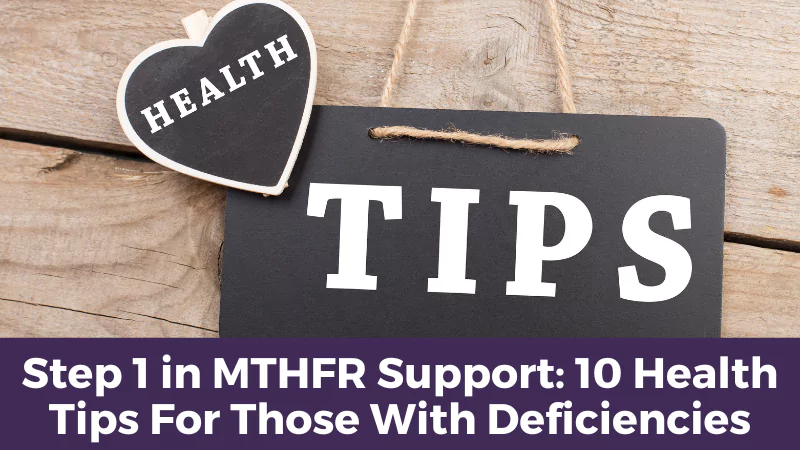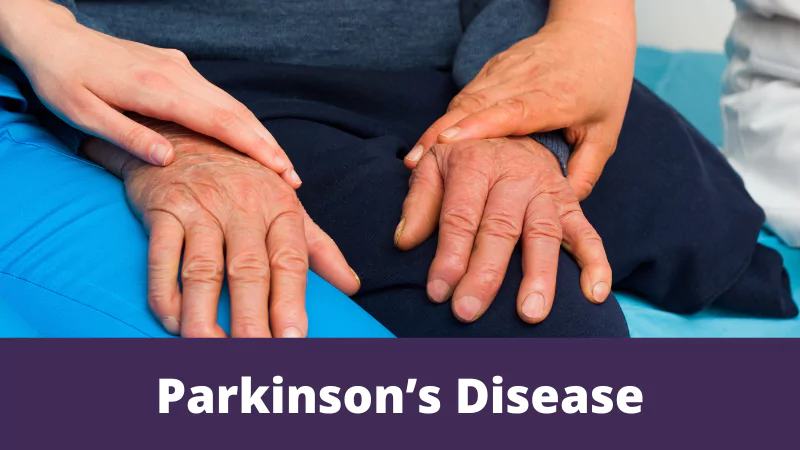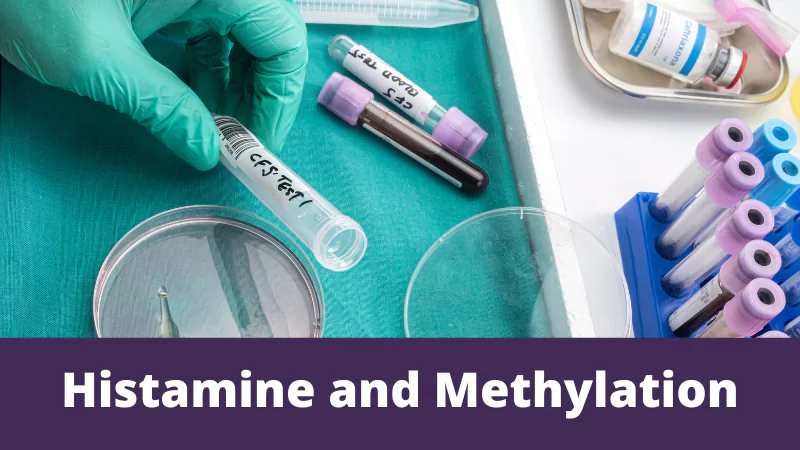Make sure you’ve read our article on MTHFR so you’ll have a little background on this mutation.
What is Methylation?
Methylation is the process where a carbon and three hydrogen atoms (aka a methyl group) attach itself to an enzyme in your body. When the methyl group is attached to an enzyme, the said enzyme performs a specific action.
One of the many functions of methylation is breaking down histamine. A methyl group is created and floats around until it locates a specific binding site. In this case, the methyl group binds to histamine.
When histamine is bound to a methyl group, histamine breaks apart and goes away. Many patients who have one or more methylation SNPs, like MTHFR, have difficulty breaking down histamine, which can wreak havoc on your system in many ways.
Why do these methyl groups matter?
- Protecting DNA and RNA. If DNA is not protected, it is prone to damage by bacteria, heavy metals, viruses, solvents, and other environmental toxins. Over time, if the damage gets worse, it could even result in cancer.
- Reducing histamine levels. The common methyl-donor SAMe may potentially help reduce histamine levels.
- Protecting cell membranes. The methyl group donated by SAMe helps build phosphatidylcholine which then gets incorporated into the walls of all your cells. If these cell membranes become damaged and weak, the cells become fragile and harmful substances may enter the cell. If they are unable to carry in useful nutrients, they will die. Excessive cell membrane damage can lead to serious medical conditions, such as multiple sclerosis.
10 Health Tips If You Have MTHFR Mutation
- Avoid taking folic acid blocking or depleting drugs such as birth control pills or Methyltrexate.
- Avoid taking proton pump inhibitors like Prilosec or Prevacid or antacids like Tums which may block essential Vitamin B12 absorption.
- Have your homocysteine levels measured which. if elevated. may indicate a problem with methylation or a deficiency of B12 or folate. If your homocysteine is elevated, limit your intake of methionine-rich foods.


- Avoid eating processed foods many of which have added synthetic folic acid. Instead eat whole foods with no added chemicals or preservatives.
- Get your daily intake of leafy greens like spinach, kale, swiss chard or arugula which are loaded with natural levels of folate that your body can more easily process.
- Make it a habit to consume organic at all costs. Eat hormone-free, grass-fed beef, organic pastured butter or ghee, and eggs from free-range, non-GMO fed chickens.
- Remove any mercury amalgams with a trained biologic dentist. Avoid aluminum exposure in antiperspirants or cookware. Avoiding heavy metal or other toxic exposure is important.
- Make sure you supplementing with essential nutrients like N-acetylcysteine, methyl-B12, methyl-folate, TMG, riboflavin, fish oil, , probiotics, Vitamins C, D, E, and curcumin. If you are double homozygous for MTHFR mutations, you should proceed very cautiously with methyl-B12 and methyl-folate supplementation as others aren’t able to tolerate high doses. Introduce nutrients one by one and watching for any adverse reactions. Be careful when supplementing with niacin since it can lower methylation.
- Make time for gentle detox regimens several times per week. These could include infrared sauna, epsom salt baths, dry skin brushing, and regular exercise or sweating.
- If you have a known genetic mutation, share the information with parents, children and other family members and encourage them to be tested, too!
For more info on how to deal with MTHFR mutation or if you need to know exactly what kind of mutation you may have, simply contact us here or go to our office for a consultation.
References:
Sarris J, Papakostas GI, Vitolo O, Fava M, Mischoulon D. S-adenosyl methionine (SAMe) versus escitalopram and placebo in major depression RCT: efficacy and effects of histamine and carnitine as moderators of response. J Affect Disord. 2014;164:76-81.
Ribeiro JA, Fernandes PM, Pereira CM, Silva F. Electrochemical sensors and biosensors for determination of catecholamine neurotransmitters: A review. Talanta. 2016;160:653-79.
Brasington, J. (2015, October 25). The 5 Best Fat Burning Exercises To Get You Fit And Strong (You Have To Try #5) – FIT AND WRITE! Retrieved September 06, 2016, from








